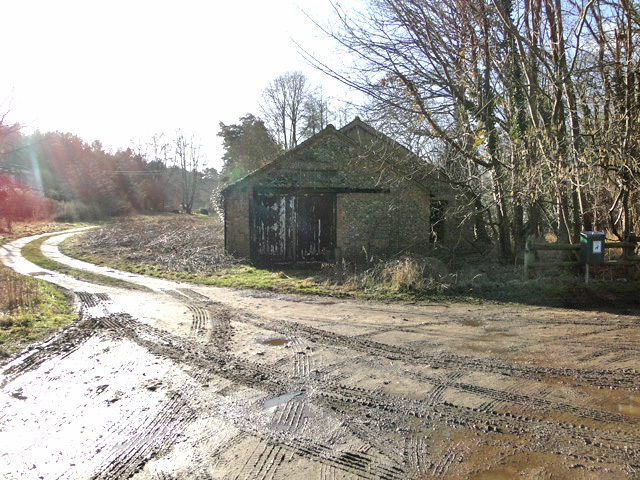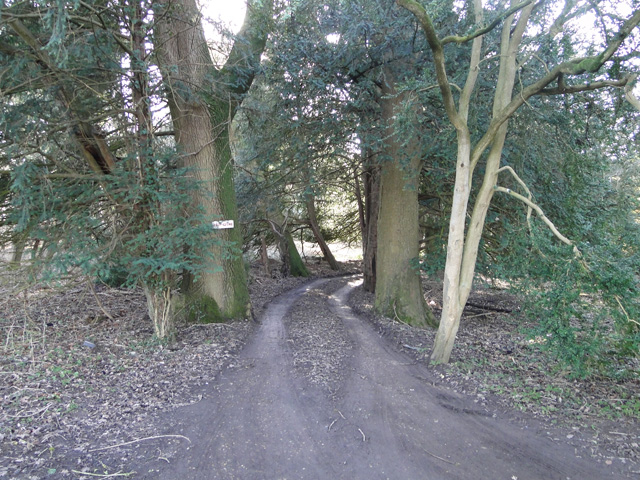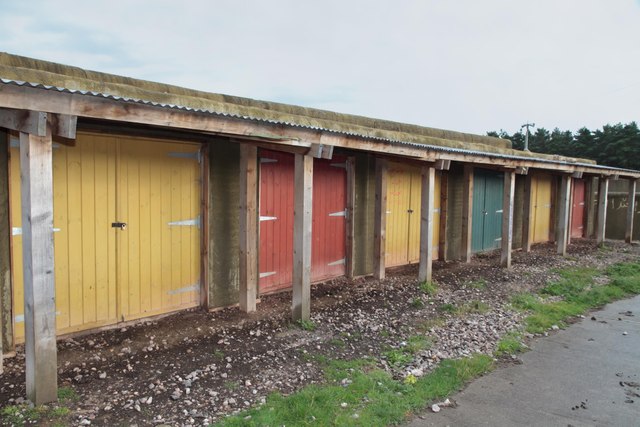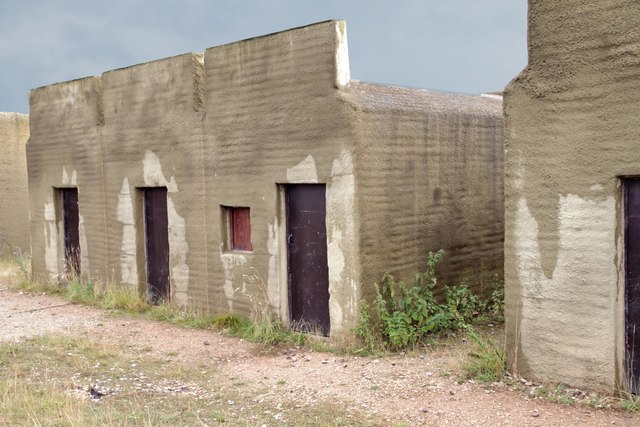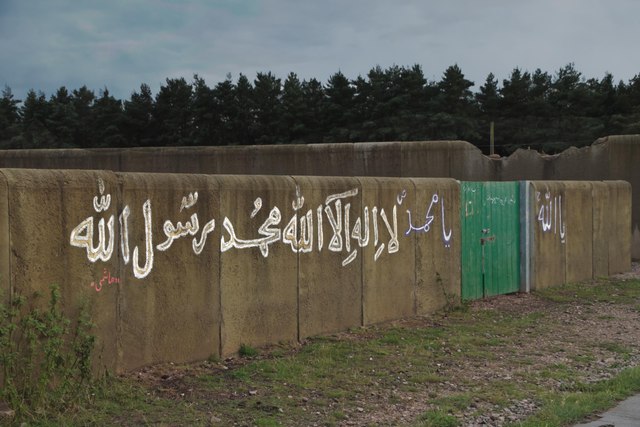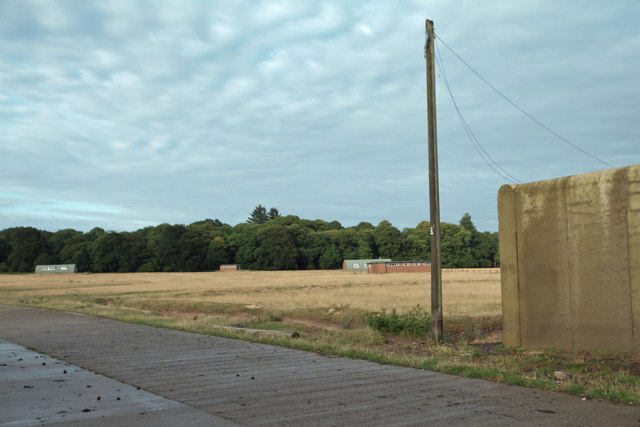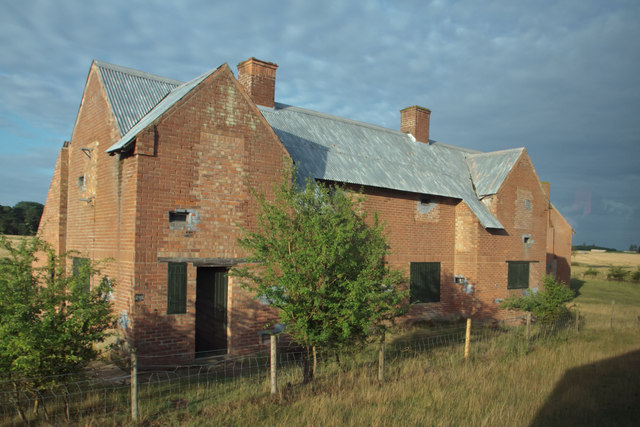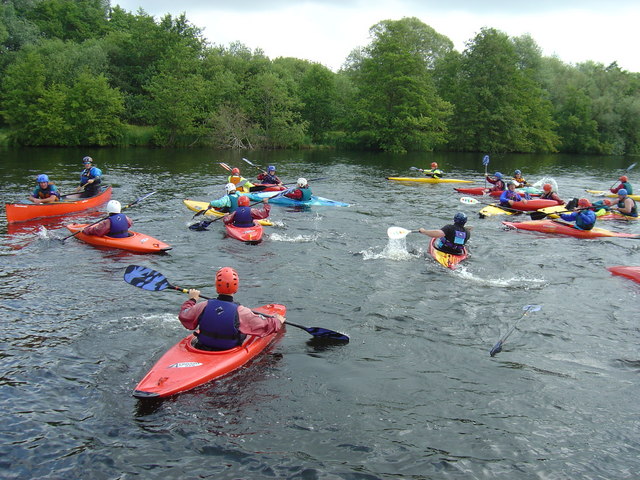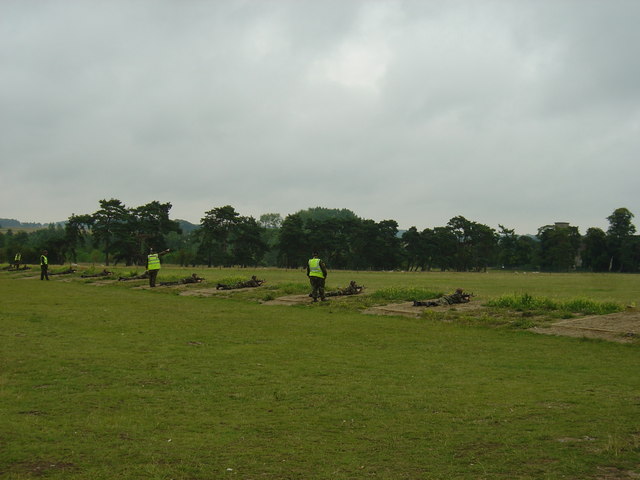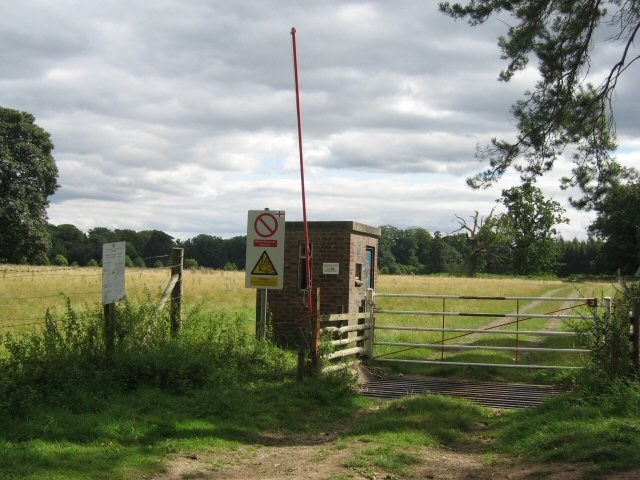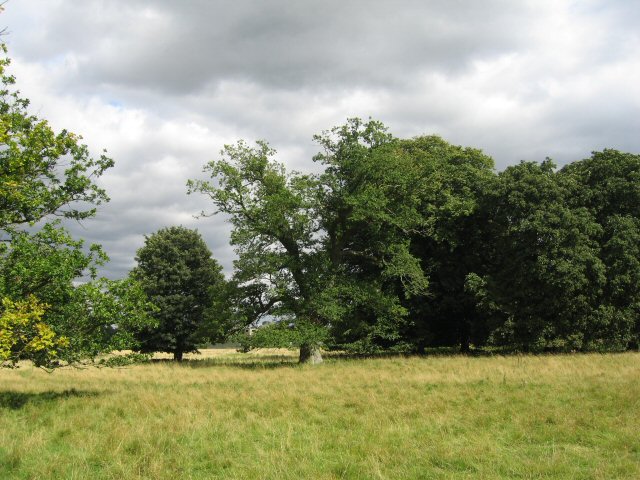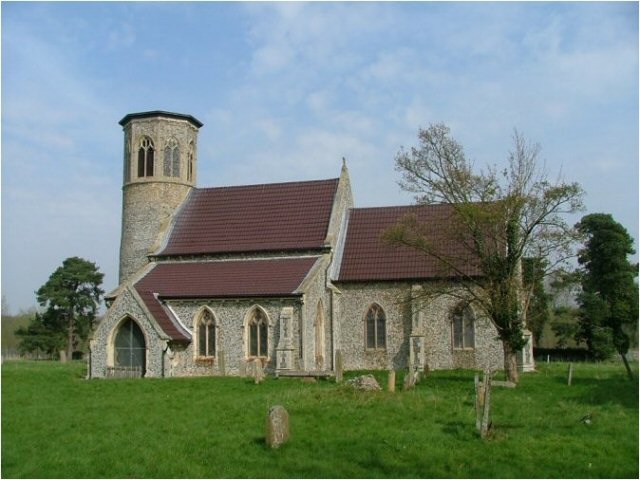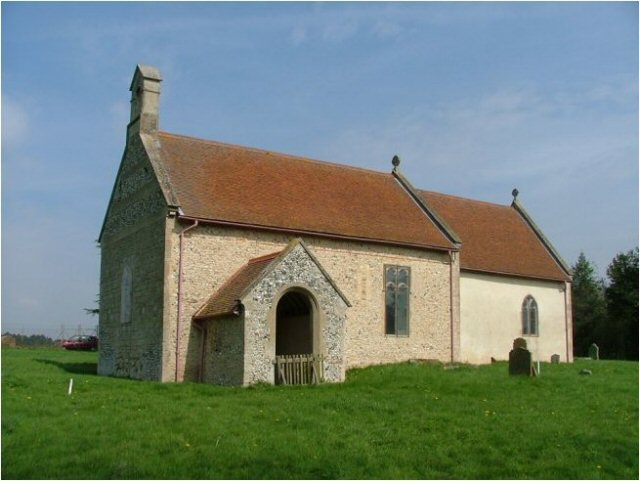Mill Hill
Hill, Mountain in Norfolk Breckland
England
Mill Hill
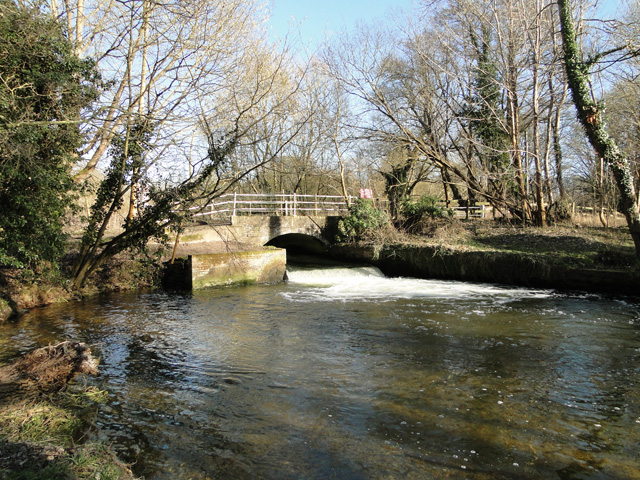
Mill Hill is a small hill located in Norfolk, England. Situated in the eastern part of the county, it is part of the Norfolk Coast Area of Outstanding Natural Beauty. The hill is not particularly large, with an elevation of just over 100 meters, but it offers stunning panoramic views of the surrounding countryside and coastline.
Mill Hill is covered in lush green grass and is dotted with a variety of native trees, including oak, birch, and hawthorn. The area is also home to a diverse range of wildlife, including rabbits, foxes, and various species of birds such as pheasants and kestrels.
The hill is a popular destination for hikers and nature enthusiasts, who come to explore the winding footpaths that traverse the area. These paths lead visitors through picturesque meadows and woodlands, offering a chance to observe the local flora and fauna up close.
At the top of Mill Hill, there is a small stone marker that denotes the summit. From here, visitors can take in breathtaking views of the North Norfolk coastline, with its sandy beaches and dramatic cliffs. On clear days, it is even possible to see as far as the neighboring county of Lincolnshire.
Overall, Mill Hill is a tranquil and scenic location that offers visitors the opportunity to enjoy the natural beauty of the Norfolk countryside. Whether it's a leisurely walk or a chance to immerse oneself in the wonders of nature, this hill provides a peaceful retreat for all who visit.
If you have any feedback on the listing, please let us know in the comments section below.
Mill Hill Images
Images are sourced within 2km of 52.523402/0.72328124 or Grid Reference TL8495. Thanks to Geograph Open Source API. All images are credited.

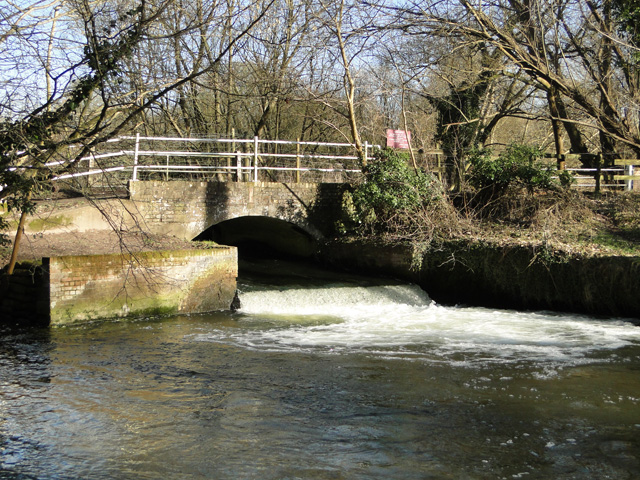
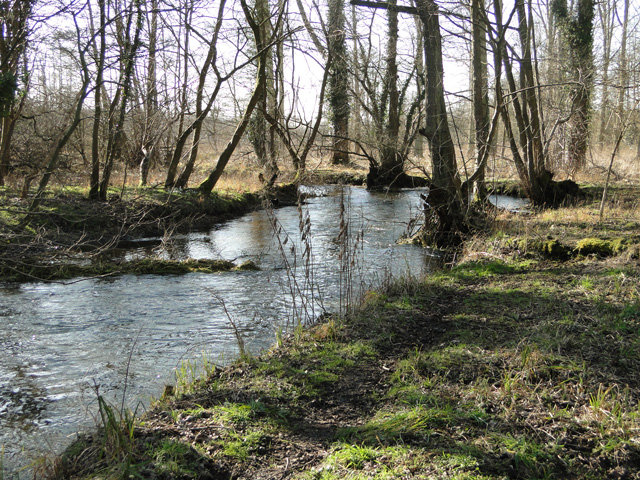
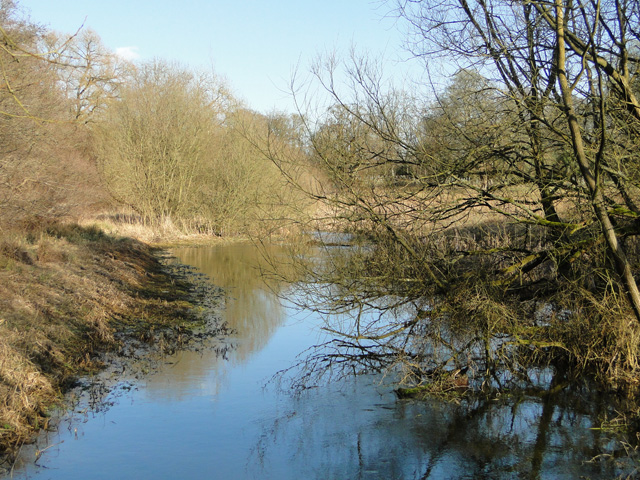
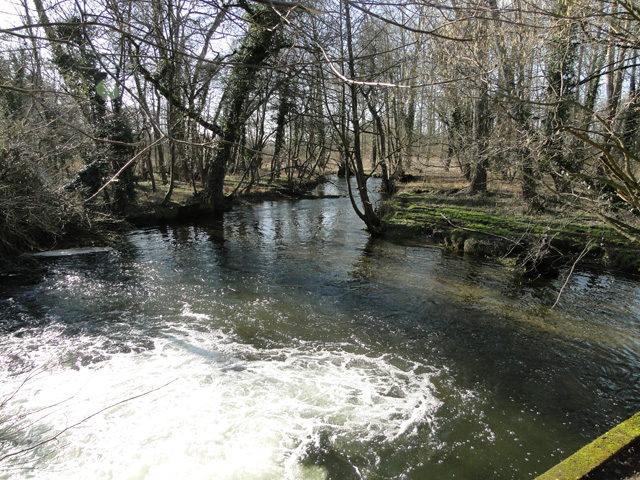
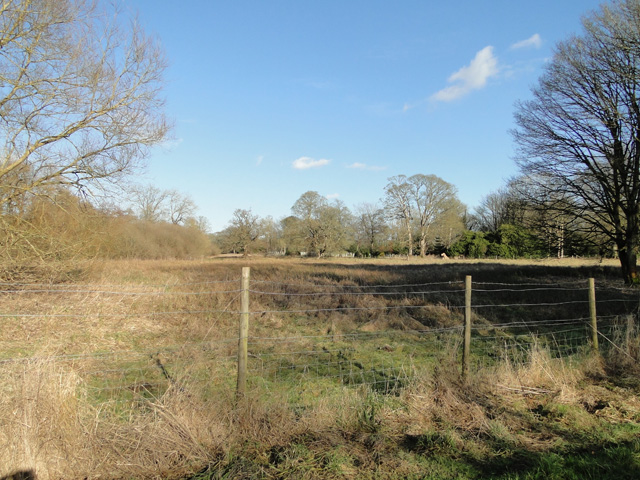
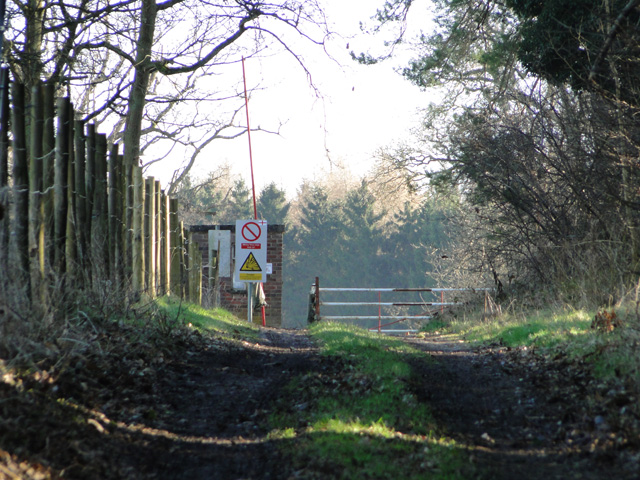
Mill Hill is located at Grid Ref: TL8495 (Lat: 52.523402, Lng: 0.72328124)
Administrative County: Norfolk
District: Breckland
Police Authority: Norfolk
What 3 Words
///organisms.push.crouches. Near Mundford, Norfolk
Nearby Locations
Related Wikis
Stanford, Norfolk
Stanford is a deserted village and civil parish in the English county of Norfolk. It is situated 7+1⁄2 miles (12 km) north of the town of Thetford and...
Buckenham Tofts
Buckenham Tofts (or Buckenham Parva; Little Buckenham) is a former civil parish, now in the parish of Stanford, in the Breckland district, in the county...
Langford, Norfolk
Langford is a village and former civil parish, now in the parish of Ickburgh, in the Breckland district, in the county of Norfolk, England. The village...
Stanford Training Area
The Stanford Training Area (STANTA), originally known as the Stanford Battle Area, is a British Army training area situated in the English county of Norfolk...
Have you been to Mill Hill?
Leave your review of Mill Hill below (or comments, questions and feedback).
